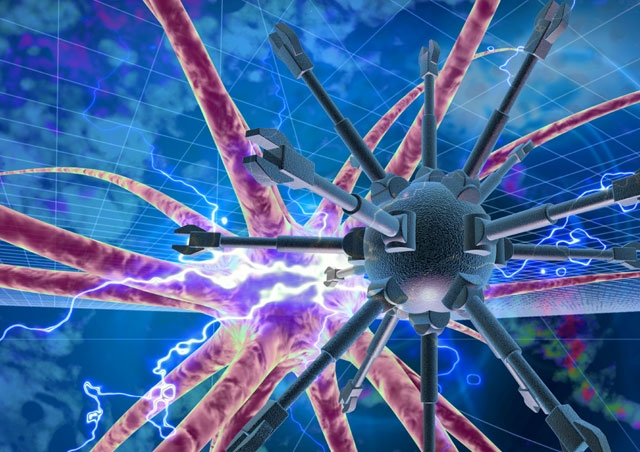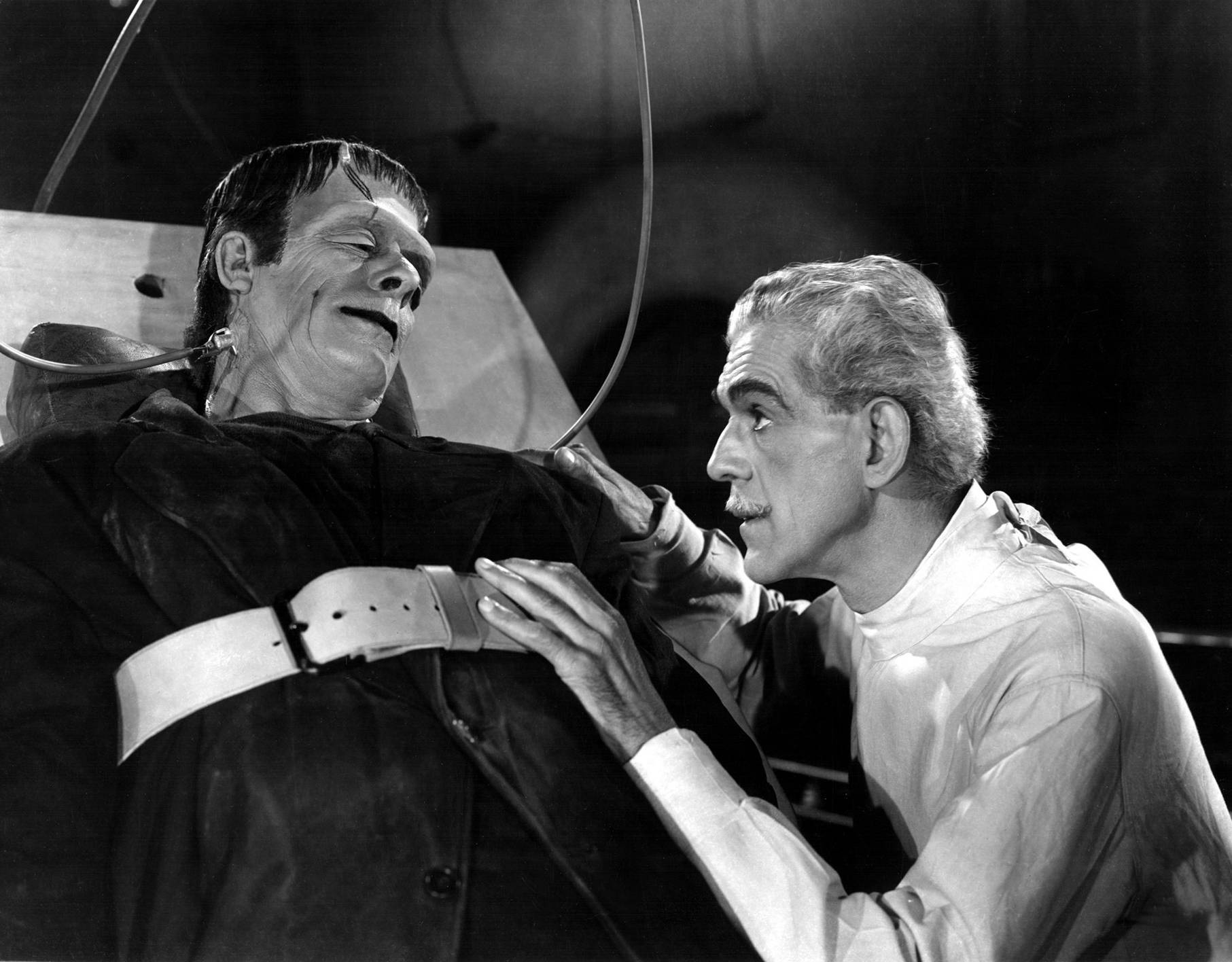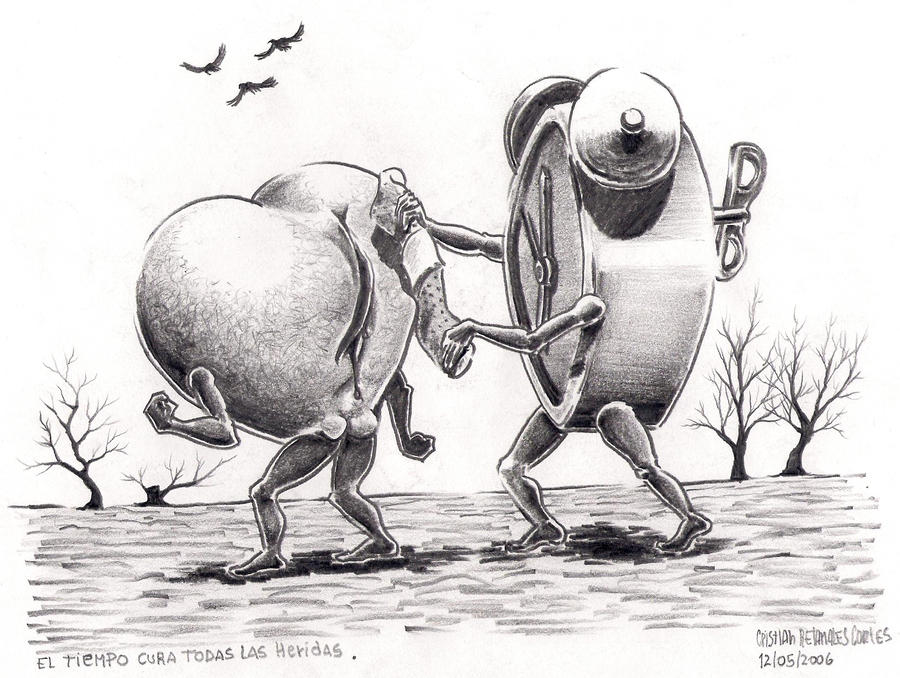Nanotechnology is a new, emerging field with untapped potential. For someone who is a fan of science fiction and is a budding scientist, it is a perfect combination.The possibilities of nanotechnology and the approach to getting there intrigue me. What captured my attention most this week was the Drexler-Smalley debate. I wanted to weigh in on this debate since I have a bit of a science background.
To summarize the debate (as I understand it), Drexler proposed the idea of nano-sized molecular assemblers (Drexler, 1986). These ambiguously described assemblers would have the capability almost anything and copy themselves. Smalley refuted Drexler's ideas. He claimed that these molecular assemblers were unfeasible as the science at that scale would be extremely difficult to compensate for (Smalley 2001). While Drexler's idea is extremely fascinating conceptually, this seems much more something out of a science fiction world. I have a hard time imagining how Drexler's assemblers would be able to follow the laws of chemistry and biochemistry like he proposes. This is a point that Smalley also points out (Drexler & Smalley, 2003).
If I were a nanotech designer, I would much rather follow what nature has provided for us. The problem I see with Drexel's plans is that there’s no real way to efficiently produce his machines and assemblers. Even if you produce one, you can’t really recreate it unless you manually do it all over again, since there is no real way to replicate it biologically. In addition, Drexel's ideas do not really take into account the biochemistry operating at such molecular levels. He just assumes that his machines would be feasible and he can move one atom over at a time, but that's just not how chemistry works.
Take a look at the two images above. Both images are cellular proteins that naturally occur in nature. The top image is an image of ATP Synthase. This protein is vital for life and functions essentially the same as a water turbine. The bottom picture is an image of a motor protein. When things need to move to other parts of the cell, these motor protein "walkers" walk along the microtubule "street" with the structure attached (Marx). http://www.youtube.com/watch?v=y-uuk4Pr2i8 is the link to see the "walking" in action. These microscopic machines are reminiscent of machines that we use today. These biological/natural machines are genearlly much more efficient than their macroscale counterparts (Mavroidis et al).
Over millions of years, natural selection has selected for things that improve an organism's chances to produce offspring. As a result, natural machinery has become extremely efficient. I think the direction nanotechnology would need to go is to utilize nature as a blueprint for its machinery. If not mimic nature, at least utilize what is already there. This field has the potential solve many problems and the art has the potential to help everyday people understand its importance. If I were to pick a direction for the field to go in, it would be in Smalley's direction.
Source
Drexler, E. K. "Engines of Creation (1986)." Foresight Institute 17 (2002).
Smalley, Richard E. "Of chemistry, love and nanobots." Scientific American285.3 (2001): 76.
Drexler, K. Eric. "Drexler and Smalley make the case for and against'molecular assemblers'." Chemical & Engineering News 81.48 (2003): 1.
Marx, A., et al. "Interaction of kinesin motors, microtubules, and MAPs."Journal of Muscle Research & Cell Motility 27.2 (2006): 125-137.
C. Mavroidis, A. Dubey, and M.L. Yarmush, "Molecular Machines," Annual Review of Biomedical Engineering, Vol. 6:363-395 (2004).












